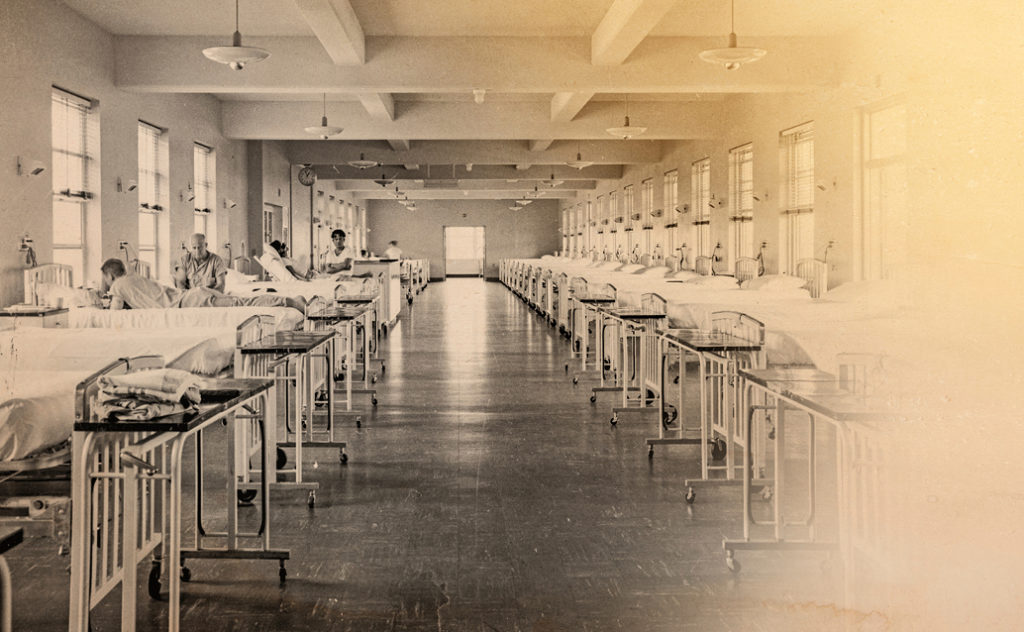
The advent of the germ theory of disease is less than 200 years old. Before that, humans developed some interesting ideas around medicine and, funnily enough, some of them were right. However, not all of them were easy to stomach.
Whether you’re genuinely interested or just want to creep yourself out, here are some of the most skin-crawling medical practices from history:
Bloodletting: This unsettling practice has been practiced for 3000 years and, believe it or not, only recently was found to be ineffective. Medically known as phlebotomy (yes, that), practitioners would cut arms, wrists and puncture veins to bleed the patient into a vessel. The blood was then tasted (for disease), destroyed, buried or blessed (depending on the era and belief). While it’s hard to believe this practice lasted so long, it may be even harder to believe that leech therapy is accepted and still practiced to this day!
Maggot therapy: In the days of the American Civil War, “doctors” found a treatment for soldiers suffering from stagnate and would-be fatal wounds: fly larva. Although not invented then, the accounts and records from this time period are what’s most known about the practice. Maggots only eat dead or rotting flesh while leaving healthy tissue alone, so flies and their larva were left to take residence in a wound bed to help clean up. In 2004, the FDA granted clearance to use this practice and it’s still done today in some wound centers across America.
Trepanation: This practice consists of literally drilling a hole in a person’s head. Evidence of this was commonly found in remains and seems to have been practiced for thousands of years. This practice was not narrowed to one part of the world but was widespread and believed to have been used for many reasons from misshapen skulls to epilepsy. In some cases, the holes in these skeletal remains appear to be in the same space that neurosurgeons bore today in certain procedures. This leads many to believe that some civilizations knew of the pressure alleviating properties of this practice and used them successfully.
A thousand years from now, which of today’s medical practices will our descendants think barbaric or ingenious? I always think electromyography, where you stick a needle electrode into muscles in order to record electrical activity. (Have we not figured out a better way to see if our muscles work?) When you really think about it, some of our modern medical practices are just as creepy as the outdated ones. Let’s hope medicine keeps advancing in a less unsettling direction!
You know what isn’t scary? Advancing your career with American College of Education’s fully online certificate or degree programs. Explore our healthcare and nursing programs.

